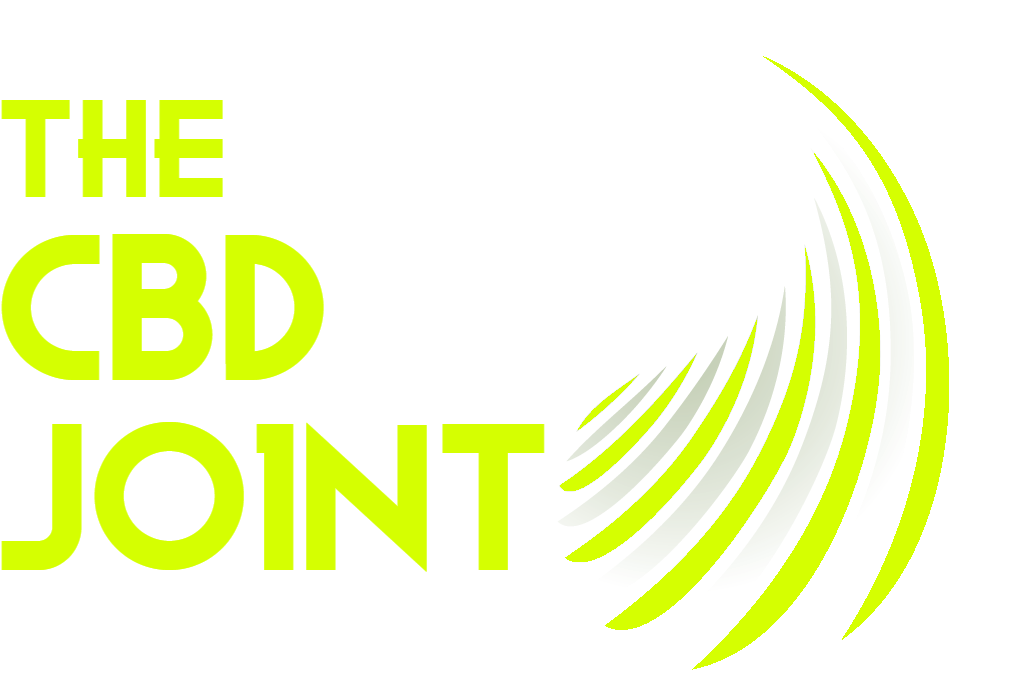Hemp and marijuana are two different varieties of the Cannabis sativa plant species, and they differ primarily in their chemical composition and intended use.
The main difference between hemp and marijuana is the levels of THC (tetrahydrocannabinol), the psychoactive compound that produces the “high” associated with marijuana use. Hemp contains very low levels of THC, typically less than 0.3%, whereas marijuana contains higher levels of THC, typically between 5% and 30%.
Hemp is primarily grown for industrial purposes, and its fibers and seeds are used to make a variety of products, including clothing, paper, rope, and food. Hemp-derived CBD (Cannabidiol) is also becoming increasingly popular as a dietary supplement and potential therapeutic agent.
Marijuana, on the other hand, is primarily grown for its psychoactive effects, and its flowers and leaves are typically consumed for recreational or medicinal purposes. Marijuana contains higher levels of THC, which produces a range of psychoactive effects, including euphoria, altered perception, and increased appetite.
Legally, hemp and marijuana are also treated differently in many countries, including the United States. In the U.S., the 2018 Farm Bill legalized the production of hemp and hemp-derived products containing less than 0.3% THC, while marijuana remains illegal at the federal level and is only legal for medical or recreational use in certain states.
